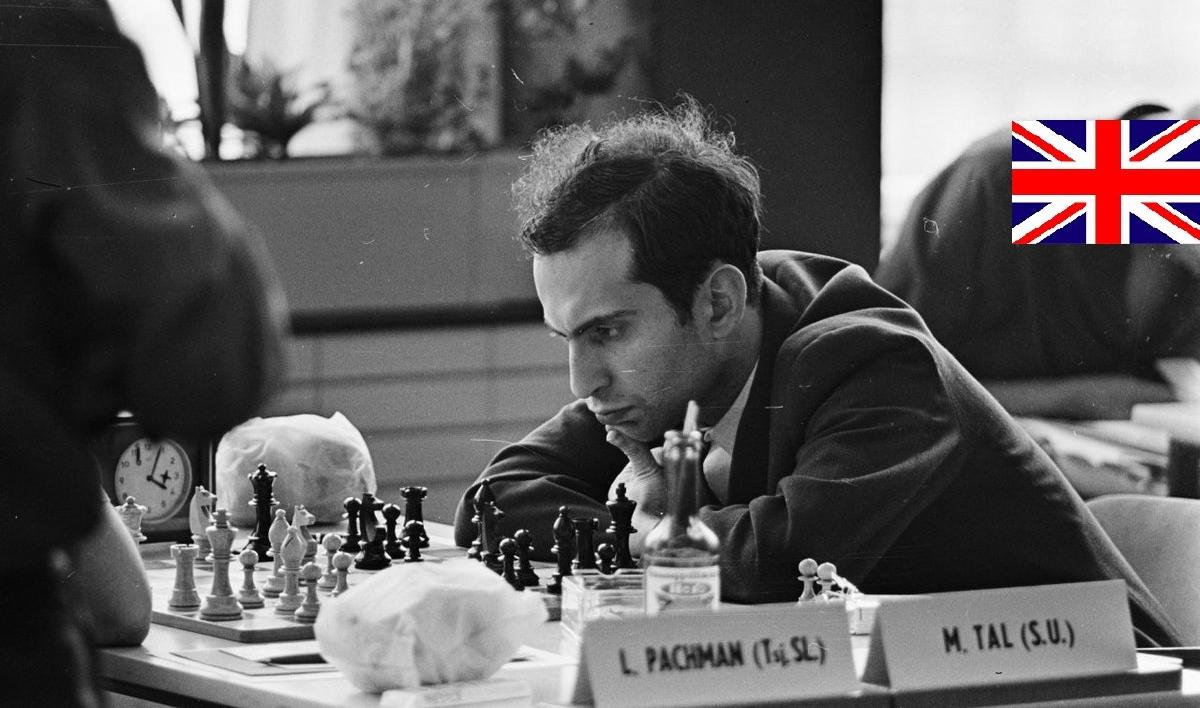
To Sack or Not? the Question is Now!
In today's post I'd like to share with you a chess rule the Spanish IM Michael Rahal is using on his YouTube channel to help determine whether a sacrifice will work or not.
The rule says:
"Sacrifice is feasible if the number of pieces attacking the castled position, plus the number of weaknesses in it, less the number of defenders, is greater than 2."
It can be expressed by the following formula,
N = A + W - D
Where:
N is the result of calculation,
A is the number of attackers,
W is the number of weaknesses,
D is the number of defenders
First of all, we need to clarify few concepts:
The castled position, we refer to the situation where King is primarily either on g8, g7, or h8 and protected with pawns.
Attackers, consist generally of pieces that attack the castled position either directly, or threatening to do so in one move.
Defenders, consist of enemy pieces already protecting the castled position, or those able to come quickly to rescue.
Weakness, is harder to define; we consider every pawn advance (as well as a pawn missing) in front of King as a weakness.
Now I am going to give an example to help understand the concept better:
Steinitz vs. Lasker. Year 1899.
This is position from the Vienna. Black wasted two moves with the Nf3-g5-f3. Lasker was not forgiving and the game finished quick

All the attackers are shown in red.
Let's make a preliminary count:
Attackers: Bd6, Bd7, Qd5 and Nh4.
The Re8 can join the attack swiftly (with Re6-g6)
The other Rook doesn't appear to be able to join quickly.
Weaknesses: the h3; the f-pawn is absent.
Therefore, A + W = 7
Defenders: f3, Be2, Rf1, Qd1, Bc1 (five in total)
The formula gives N = A + W - D = 5 + 2 - 5 = 2, so we need to think better
The trick is to see which defenders are not doing a good job to help the King. Once we start calculating we can see that Rf1 doesn't help; what's more, it is blocking the King's escape route. The Be2 is a mere spectator, unable to defend the black squares to be used by the attackers. Likewise, the Bc1 is also useless and can be left out from consideration (he is defending g5 and h6). So I would give the Rf1, Be2 and Bc1 only one point (instead of three).
In the end, N = 5 + 2 - 3 = 4 and the sacrifice works
The game, continued:
3) This one is analized in this blog
N= 5+2-2=5 Only Knight and bishop are defending
4)
N=5+1-2=4 No doubt
5) This is one of the best combination i have ever seen ![]()
N=5+1-4=2 After seeing the combination, we can see that the white queen is not a defending piece till the end, but d8 rook and b7 bishop are attacking pieces. So actually N=7+1-3 and the rule works again ![]()
6) Morphy, of course ![]()
N= 5+1-2= 4 (e8 rook is useless) In this example the sacrifice was against a defending piece
7)
N= 5+0-3=2 It can work, and it works. f8 bishop is useless and it is a N=5+0-2=3 ![]()
8)
Complicated one
N=4+0-2= 2 Before watching the combination i didn't know if e1 is an attacking piece.
After watching the combination i see that the black king can escape by e8, and then e6!! opens the rook column. It could look like this:
N=5+0-1=4
9)
N= 5+0-2=3 Another f8 useless rook, and f1 bishop and c3 knight are attacking pieces!
10) And the last one, also serves to justify posicional exchange sacrifices on f6/f3/c3
N=5+0-2=3 ![]()
extra) and example of a N>2 that doesnt work. Tal, of course ![]()
N= 6+0-2=4 It should work, but nope ![]() However, Tal was winning. The simple move h3 followed by g4 was trapping the queen.
However, Tal was winning. The simple move h3 followed by g4 was trapping the queen.
Tips:
- The larger N is, the easier is for the sacrifice to work. So if you can increase N without the opponent being able to avoid it, go ahead

- More than 80% of sacrifices (against the castled king) follow this rule and 80% of the times that N>2 the sacrifice works.
- The existence of weaknesses (advanced or missing pawns) helps a lot.
- With practice you end up learning what pieces to count. There are pieces that do not seem to count but suddenly a diagonal opens, or a quiet move (intermediate) can be made. In the defense it's the same, there are pieces that seem to be close to the king but are mere spectators, or even remove the king's mobility.
- Obviously, it is necessary to calculate, you can not sacrifice just because the rule says so

- Sometimes you have to sacrifice piece for a pawn, others have to sacrifice the exchange to eliminate a knight or a bishop. And others is to deflect pawns and open files and columns
- Sacrifices can be tactical (they win material o do checkmate) o positional (creating weakness, opening files, columns and diagonals...)
- Defensive checks must be taken into account (see Tal's game)
- And of course, if N<2 sacrifice can work. The rule only ensure that if N>2 a sacrifice can work.
- If N= 2 or 3 a good idea is to increase the number of attacking pieces or provoke weaknesses as long as the enemy can't increase the number of defending pieces. For example:
- I have seen that greek sacrifices (Bxh7) are complicated. We need some particular conditions even if N>2 or 3. Even with +5 i have seen wrong sacrifices:
- This is a very useful rule in blitz, because you don't spend a lot of time calculating. On "slow games" you will have enought time to think and calculate all variants.
Finally, I want to thanks @RoaringPawn (Momir Radović) for his comment, where he share an analogy with warfare.
I have never been a fan of all those chess "rules", but all this makes sense in a way.
A couple of years ago, I wrote on my (now defunct) blog about Mass and Assault ratio (one of the main principles of warfare)
"Commanders have always wanted to have the advantage of numbers. Mass, or the greatest possible concentration of forces at the decisive point is Clausewitz’s main principle of war. The fundamental key to conventional warfare, or any tactical engagement in chess, that increases destruction and chances of victory, is strong piece grouping in the attack zone.
Massing is necessary because defense tends to be the more efficient form of warfare in terms of energy needed to preserve and survive. Traditionally, it is assumed that defending force can hold off three times its own number of attackers in a conventional war.
That is why the number of pieces involved in the attack must exceed defensive possibilities. It’s assault ratio, or offense-defense balance."

And thanks to him for helping me translating this post from spanish ![]()
Extra one:
Thanks to the skeptical man dpcarballo. He did not trust the rule, and I had to use one game of him (OTB) to give him a lesson ![]()
PS: Sorry for my english, I hope you understand it well ![]()
PS2:
a nice video of Kasparov talking about this rule. He says that he didnt calculate the sacrifice!
this is the game:


